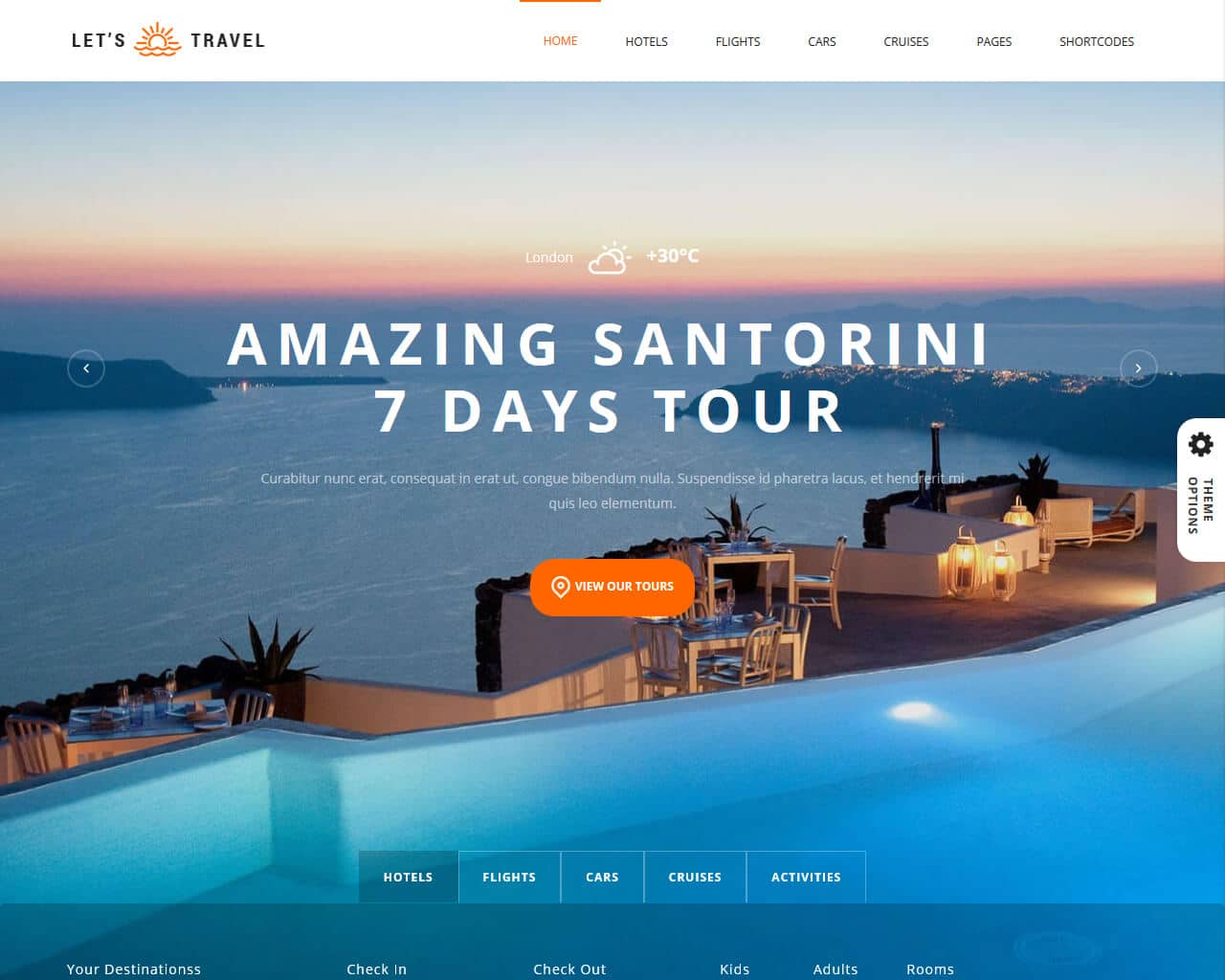How AR/VR Is Revolutionizing the Web Experience
The web has come a long way from static HTML pages to dynamic, interactive applications. Now, Augmented Reality (AR) and Virtual Reality (VR) are taking web experiences to the next level, offering immersive interactions that were once confined to science fiction. As a leading web development company, BVM Web Solutions is keenly observing and integrating these innovations into digital experiences. Let's explore how AR/VR is reshaping the web landscape.
The Rise of AR and VR in Web Development
AR and VR technologies are transforming the way users interact with websites. Businesses are leveraging these technologies to enhance customer engagement, improve usability, and offer interactive content like never before. With the advent of WebXR, a powerful API for rendering AR and VR experiences directly in web browsers, these technologies are becoming more accessible.
1. Enhanced ECommerce Experiences
E-commerce has seen a major shift with AR integration. Customers can now visualize products in their real environment before making a purchase. For example:
- Virtual Try-Ons: Beauty brands like L'Oréal and fashion retailers enable users to try on makeup, glasses, or clothes using AR.
- Furniture & Home Decor: IKEA’s AR-powered app lets users place virtual furniture in their living spaces to check dimensions and aesthetics.
2. Revolutionizing Online Learning
Web-based AR/VR is redefining education by creating immersive learning environments. Imagine students exploring the solar system through VR or dissecting a virtual frog in a biology class. Companies like Google Expeditions and Coursera are integrating these experiences to enhance knowledge retention and engagement.
3. Immersive Real Estate and Tourism
Real estate websites now offer 360-degree virtual property tours, allowing potential buyers to explore properties remotely. Similarly, the tourism industry uses VR to provide virtual tours of travel destinations, museums, and hotels, enhancing customer decision-making.
4. Engaging Marketing Campaigns
Brands are utilizing AR filters and interactive VR experiences to create memorable marketing campaigns. Snapchat and Instagram AR filters, gamified product experiences, and immersive storytelling through VR ads are just some of the ways businesses are engaging customers.
5. Improving User Experience and Accessibility
AR/VR-driven websites can enhance UX by offering guided navigation, interactive help desks, and intuitive user interfaces. For instance, automotive brands use VR to let users experience driving a car before stepping into a showroom.
Challenges and Future Prospects
While AR/VR adoption in web development is accelerating, challenges like high development costs, hardware requirements, and performance optimization need attention. However, with the continuous evolution of WebXR, 5G networks, and cloud computing, we can expect a seamless, device-independent AR/VR web experience in the near future.
Conclusion
AR and VR are revolutionizing the web, making it more interactive, engaging, and immersive. Businesses that embrace these technologies will gain a competitive edge by offering users more personalized and memorable experiences. At BVM Web Solutions, we stay ahead of the curve by integrating cutting-edge web technologies to help businesses thrive in the digital era.
Looking to implement AR/VR into your website? Contact us today to explore innovative solutions for your business!









